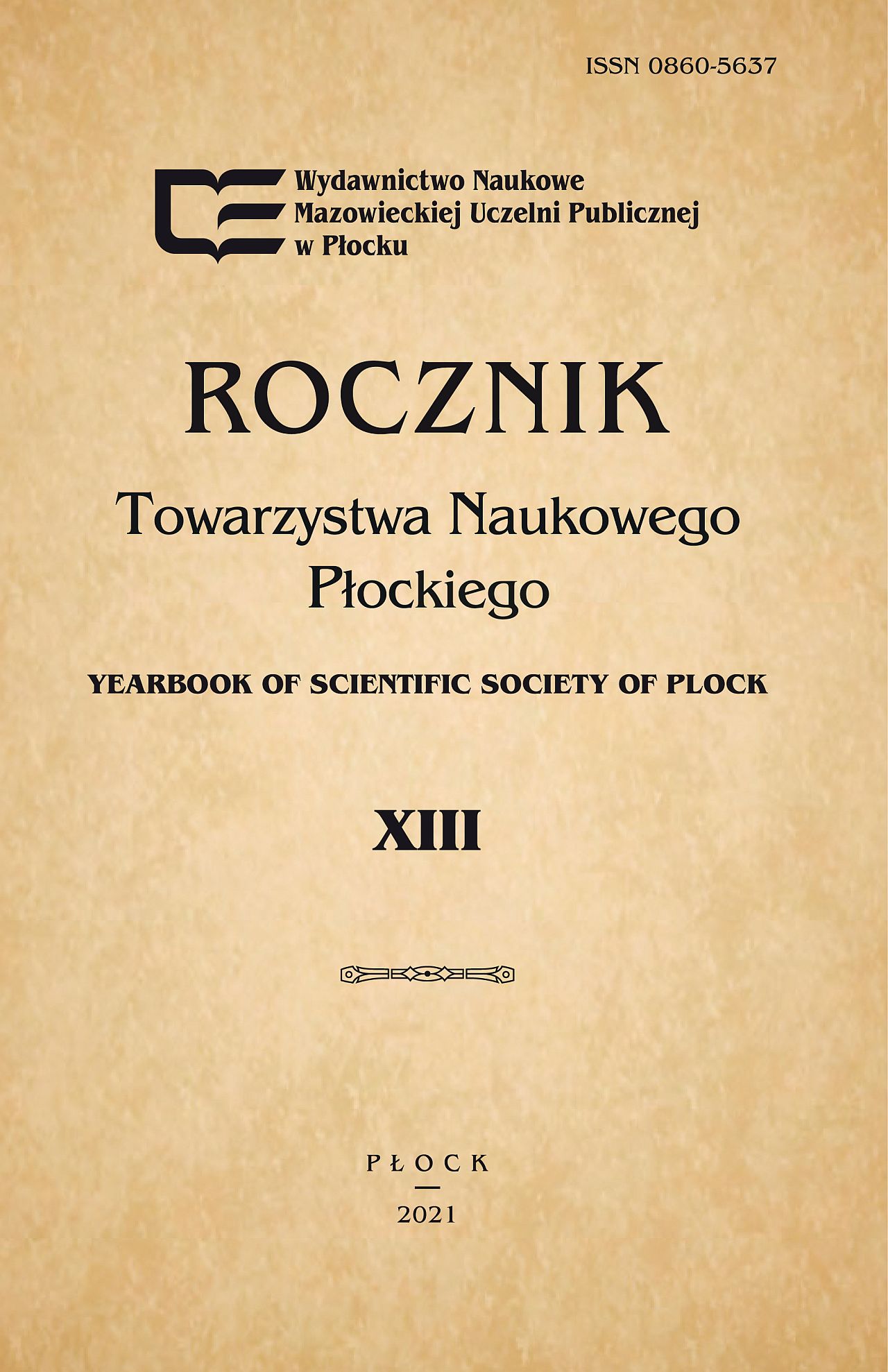Hermeneutic- narrative interpretation of film works. Some remarks from a range of methodology
DOI:
https://doi.org/10.19251/rtnp/2021.13(10)Keywords:
interpretation of film works, methodologyAbstract
In the article Henryk Seweryniak proposes an outline of the methodology of hermeneutic- narrative analysis of films for the needs of new media students who are not filmmakers. The author admits that the inspiration for this task and main source was the book published in Poland in 2021 by David Bordwell and Kristin Thompson “The film art. Introduction”. It presents a short sketch of contemporary philosophical hermeneutics and indicates elements of narrative hermeneutics developed by philosophers of this current which can be used in film analysis. He emphasises the importance of basic cinematic knowledge e.g. the division into story / film’s diegesis and “plot” taken from the work of Bordwell and Thompson and the distinction between types of film meanings. Following M. Lis he presents the procedure of film segmentation which should be included in the first part of an undergraduate or graduate study on this subject. He points out that in the “instruction” for film critics contained in the relevant work, an important role is played by the formulation of the thesis, showing premises leading to its establishment, demonstrating examples to support it and presenting conclusions.
References
Aumont J., Marie M., Analiza filmu, Warszawa 2013.
Bordwell D., Tworzenie znaczenia, w: W. Godzic, red., Interpretacja dzieła zbiorowego. Antologia przekładów, Kraków 1993, s. 13-18.
Bordwell D., Thompson K., Sztuka filmowa. Wprowadzenie, Warszawa 2021.
Hanet K., Czy kamera kłamie? Uwagi o „Hiroszimie, mojej miłości”, w: W. Godzic, red., Sztuka filmowej interpretacji. Antologia przekładów, Kraków 1994, s. 109-115.
Kaliszewski A., Główne nurty w kulturze XX i XXI wieku. Podręcznik dla studentów dziennikarstwa i komunikacji społecznej, Warszawa 2012.
Lis M., Figury Chrystusa w Krzysztofa Kieślowskiego, Opole 2013.
Loska K., Postmodernizm w teorii filmu, „Państwo i Społeczeństwo” VIII (2008) nr 1, s. 259-279.
Płażewski J., Język filmu, Warszawa 1961.
Ricoeur P., Czas i opowieść, t. 1-3, Kraków 2008.
Seweryniak H., Sitkowska K., Robak M., Kultura, media, teologia. Metodyka pisania prac dyplomowych, Płock 2013.
Seweryniak H., Book review: Marek Lis, To nie jest Jezus. Filmowe apokryfy XXI wieku (This is not Jesus. Film Apocrypha in the 21 Century), Wydawnictwo Uniwersytetu Opolskiego, Opole 2019, pp. 148, „Wrocławskie Studia Teologiczne” 28 (2020) nr 2, s. 349-356.
Wildstein B., Śmieszna dwuznaczność świata, który oszalał, Warszawa 2009.
